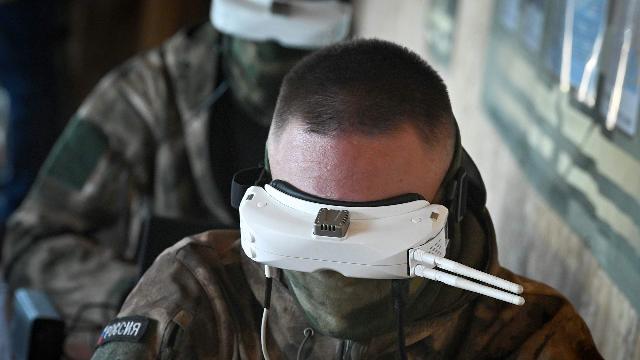The devices conduct radiation, chemical and biological exploration
The troops have developed drones for radiation, chemical and biological protection. They conduct reconnaissance of the area, carry out aerosol camouflage of objects, carry out special treatment of equipment and sanitation of personnel. Experts note that such devices are cheaper and more efficient than bulky trucks, and most importantly, they save the lives of personnel.
How drones are used in the RCBZ troops
UAV units have been created in the radiation, chemical and biological protection (RHB) forces, sources in the military department told Izvestia.
The devices conduct RCB reconnaissance, observe the terrain, and perform aerosol camouflage of objects. They are also engaged in special equipment processing and sanitation of personnel.
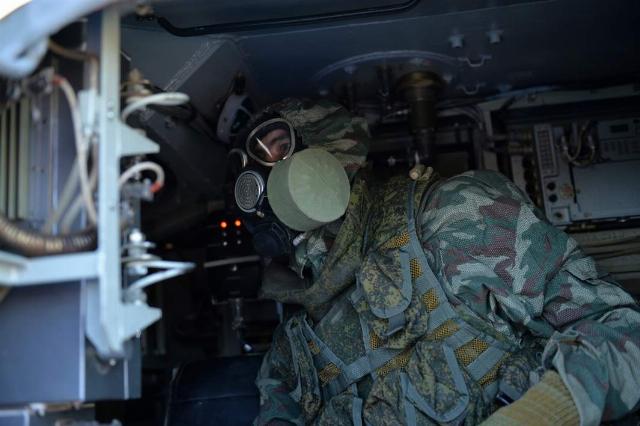
Photo: RIA Novosti/Said Tsarnaev
Image source: iz.ru
The introduction of drones is currently taking place as intensively as possible, and the RCBZ troops could not but be affected by this process, military expert Yuri Lyamin told Izvestia.
— Drones will be especially useful in jamming and for reconnaissance of the pollution of the area, — he noted. — Moreover, they allow you to take measurements remotely without endangering people. It is also important that drones are much cheaper than traditional RCBZ machines. This will allow us to quickly increase their number in the army. I think that in the very near future, most of the tasks inherent in the RCBZ troops will be solved by robotic systems.
The installation of smoke and other aerosol-type curtains is very important now, Yuri Lyamin emphasized.
"UAVs are well suited for this task," the expert noted. — In the future, ground-based robotic platforms should also appear. Moreover, drones can cover troops not only from visual detection using smoke. There are special aerosol formulations that prevent the detection of people and equipment using thermal imagers.
The expert noted that drones will help reduce losses and conduct operations more efficiently, both defensive and offensive.
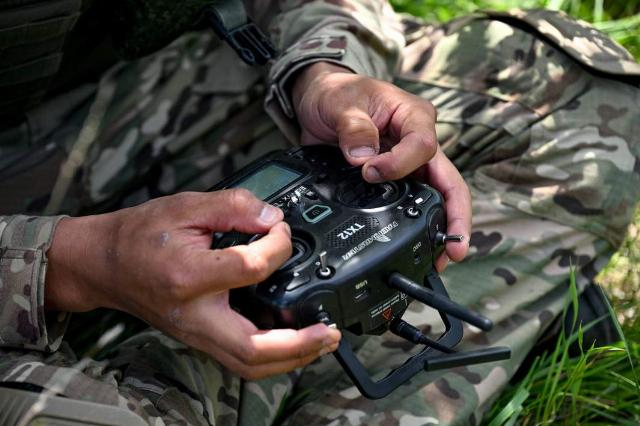
Photo: RIA Novosti/Konstantin Mikhalchevsky
Image source: iz.ru
The situation at the front has changed during the special operation, and our troops are responding to it, Oleg Zheltonozhko, an expert in the field of chemical and biological weapons, told Izvestia.
— In these years, there has been an increase in optical and radar reconnaissance equipment, — he noted. — The new equipment will help to protect our units from the enemy in these conditions. Smoke generation is the main way to disguise the location of troops. Since ancient times, smoke from campfires has been used to cover the maneuver of troops, and troops have moved under the cover of fog.
The fighting is currently being conducted in small groups of several people, the expert recalled.
— It is easy to protect such a point unit with smoke. And this does not require the use of such large types of equipment as, for example, a smoke machine based on KAMAZ or Ural. Compact means of rapid action and increased efficiency will perfectly cope with this role.
Also, according to the expert, drones will be in demand for chemical reconnaissance purposes.
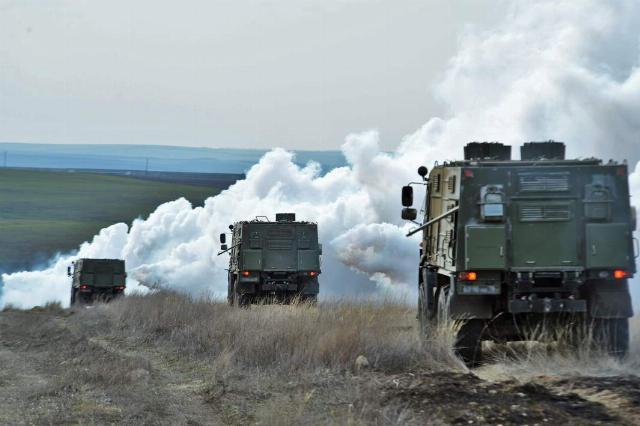
Photo: RIA Novosti/Alexander Melnikov
Image source: iz.ru
—The Ukrainian Armed Forces are using new irritating chemical agents," he noted. — such means are used on the front line. The new UAVs will help to clearly identify a particular chemical agent. This will increase the effectiveness of protection.
How are the troops of unmanned systems developing
Earlier, Izvestia reported that the RCBZ troops had begun special training for drone operators. The personnel gets acquainted with the theory of application and the material part, as well as learns how to control, conduct reconnaissance and fire correction using drones. Military personnel also receive knowledge on engineering training, military topography and tactical medicine. A sufficient number of instructors were trained in advance in the troops, who are able to train personnel to control various types of UAVs for the tasks of RCB protection.
The RCBZ troops are currently actively working on expanding the combat functionality of drones and improving flamethrower-incendiary weapons. In particular, a new RPO-2 rocket-propelled infantry flamethrower is being developed. Elements of this complex can be placed on drones. It will be especially in demand when preparing and storming fortified positions, especially in urban areas or industrial enterprises.
Izvestia also reported that the first Higher Military School for unmanned Systems troops may appear in Russia. The relevant initiative is being discussed at the Ministry of Defense. With a positive decision, the school will become the first specialized university of the new branch of the armed forces. It is planned that the university will accept the first cadets by September 1, 2027.
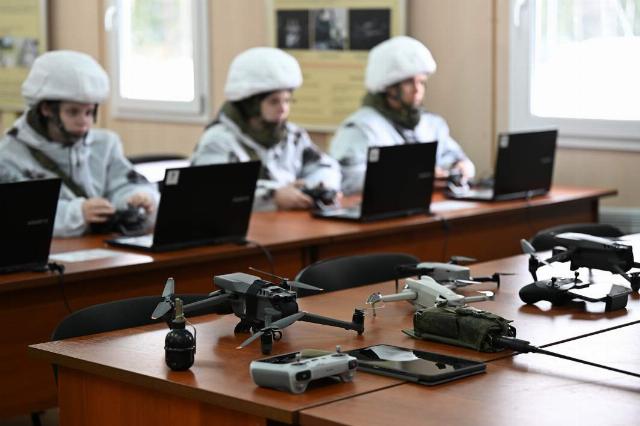
Photo: RIA Novosti/Pelagia Tikhonova
Image source: iz.ru
At the end of 2024, the head of the Ministry of Defense, Andrei Belousov, announced the creation of unmanned systems troops as a separate branch of the armed forces. Their formation should be completed in the third quarter of 2025. Belousov then noted that the massive use of drones was the most significant breakthrough in the tactics of the Russian Armed Forces units. According to the minister, Russian troops use more than 3,500 drones every day, and this figure is growing.
In April, Russian President Vladimir Putin announced that troops had received more than 1.5 million drones last year. About 4 thousand FPV drones were sent to the front line every day.
Since the beginning of the special operation, Russia has been actively developing the production of drones and supplying troops with them. UAV reconnaissance and strike divisions have been formed in the artillery brigades. They are armed with a range of drones and barrage ammunition. With the help of these systems, gunners find and destroy enemy guns, self-propelled artillery installations and multiple launch rocket systems, air defense systems and personnel both on the line of contact and behind enemy lines. Drones are effectively hunting for enemy UAV calculations, and they are successfully working on targets covered by electronic warfare.
Roman Kretsul
Bogdan Stepovoy
